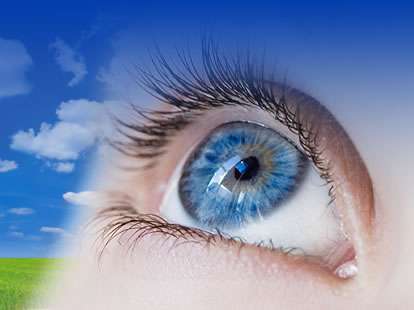Safety of Laser Eye Surgery
Risks of Laser Eye Surgery
 The vast majority of patients achieve an excellent result. Permanent reduction in vision is extremely rare. During your assessment our doctors will discuss all risks in detail with you. Since 2002 we have carried out more than 15,000 cases and 99% have achieved 20/20 vision, 0.95% get an improvement in vision but not quite 20/20, and less than 0.1% get a permanent reduction in vision due to corneal scarring. Before you undertake any procedure we will outline the risks with you in detail and show you our separate consent form.
The vast majority of patients achieve an excellent result. Permanent reduction in vision is extremely rare. During your assessment our doctors will discuss all risks in detail with you. Since 2002 we have carried out more than 15,000 cases and 99% have achieved 20/20 vision, 0.95% get an improvement in vision but not quite 20/20, and less than 0.1% get a permanent reduction in vision due to corneal scarring. Before you undertake any procedure we will outline the risks with you in detail and show you our separate consent form.
The Four Implications of Laser Treatment
1. Sharpness of vision
95% of patients find that their vision after laser, although very good, is not quite as sharp as with glasses or contact lenses due to a reduction in contrast sensitivity. However, most patients are extremely happy with the level of vision achieved.
2. Reading glasses may still be required
Due to the natural process of ageing, many people eventually become presbyopic (need reading glasses) and this process still occurs even if they have had laser eye surgery.
Laser does not prevent the need for reading glasses (unless monovision is opted for). After the age of 45, most normal sighted individuals require reading glasses whereas some myopes may read well beyond this age without glasses. If myopia is fully corrected by laser, reading glasses will be needed after the age of 45.
If you would like to avoid the need for reading glasses we have a different treatment option available: monovision.
3. Enhancement
Patients undergoing laser may need an enhancement or re-treatment procedure a number of months post operatively. There are no further costs involved as the enhancement is done free of charge for up to one year after the initial procedure.
Some patients become progressively more myopic or hypermetropic throughout their lives and may again become dependent on glasses and may need further laser treatment even years after the initial procedure. This late re-treatment many years later is not covered by the initial laser fee, but will be done at a significantly reduced rate.
The chances of needing an enhancement depend on your initial glasses prescription and your reaction to treatment:
- Lower myopes (-1.00 to -3.00): less than 2%
- Moderate myopes (-3.00 to -6.00): 5%
- High myopes (more than -6.00): 10%
- High astigmatism: 12%
- Hyperopes: 20%
4. Glare at night
Everyone experiences some haze or glare after surgery. Typically the glare can be compared to what night vision looks like with contact lenses, i.e. haloes around lights.
The glare is at it's worst on day one and halves in intensity every week thereafter. It typically lasts for one month per diopter: for example, a –2.00 myope will have glare for two months whereas –5.00 myope will have glare for about five months.
Those who elect for monovision have persistent glare in the under corrected eye, and this is remedied by wearing driving glasses at night.


